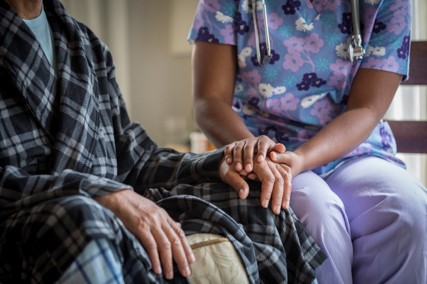Connected and personalized care revolutionize home healthcare

Healthcare is entering a transformative phase where home-based care is becoming a pivotal element of patient-centered delivery. At the heart of this shift is the concept of connective care, which bridges the gap between patients, physicians, and technology. Devices such as wearables, sleep trackers, and stress monitors now provide individuals with a 24-hour view of their health, enabling them to better understand their bodies, adopt healthier behaviors, and take control of their well-being, says data analytics firm, GlobalData.
During the 2024 Medtech Conference session, The Future of Health at Home: Reimagining Connective Care, experts emphasized the profound impact of these innovations. According to them, the integration of technology and connectivity into healthcare is not only improving patient outcomes but also reshaping the way care is delivered.
Elia Garcia, a medical analyst at GlobalData says, “Experts highlighted that wearable devices and data-driven insights enable physicians to track long-term trends, providing a more comprehensive understanding of a patient’s health beyond the clinical setting. Connected care fosters better patient engagement, reduces therapy times, and enhances health outcomes.”
Companies like Stryker have adopted connected tools to monitor patients post-operatively, shifting focus from complications to individualized recovery. By capturing real-time data on daily activities and arthritis progression, providers can now create tailored treatment plans, leading to better recovery and fewer complications. This personalized approach demonstrates how technology fosters proactive rather than reactive care.
“The future of healthcare lies in the home, where connective care enhances engagement and promotes personalized medicine,” concludes Garcia. “By addressing challenges such as data usability and fragmentation, the industry has the potential to redefine healthcare delivery. This evolution signifies not just a change in location but a transformation in the patient experience, heralding a new era in care.”

